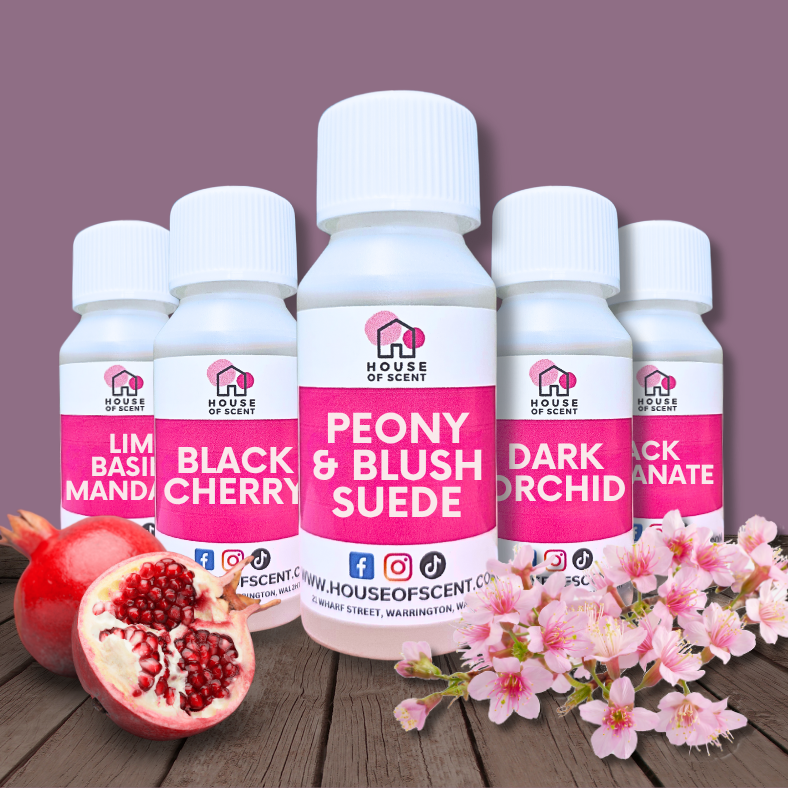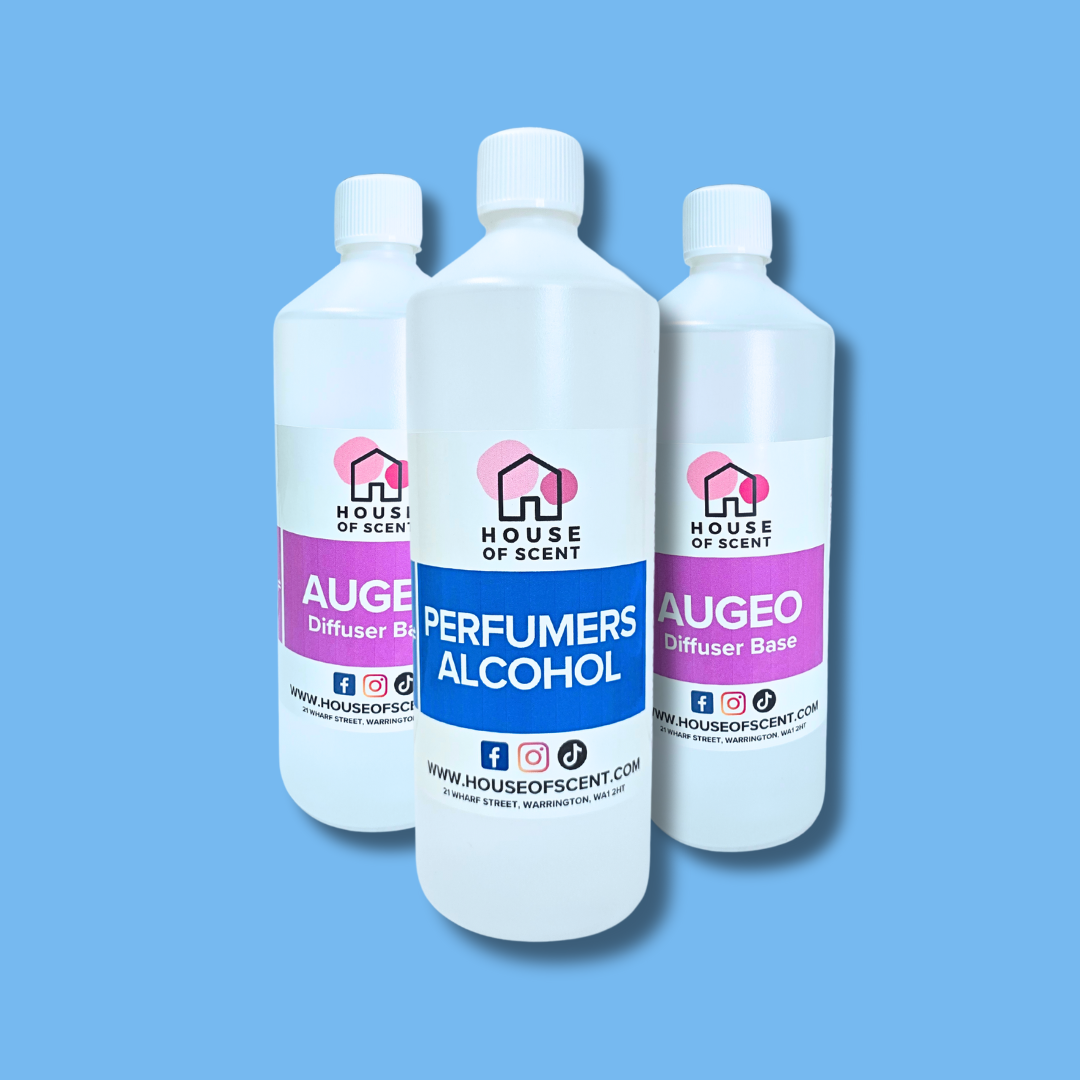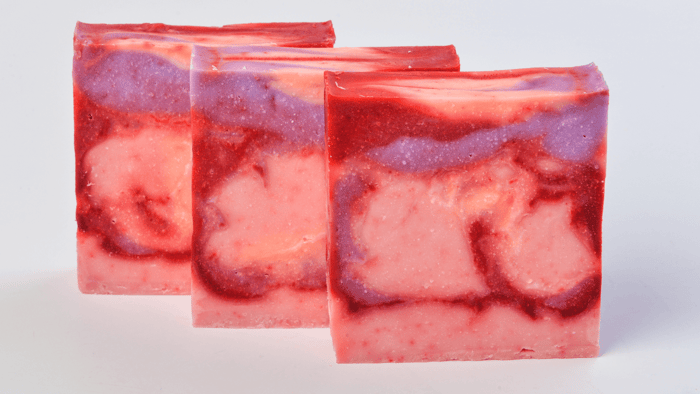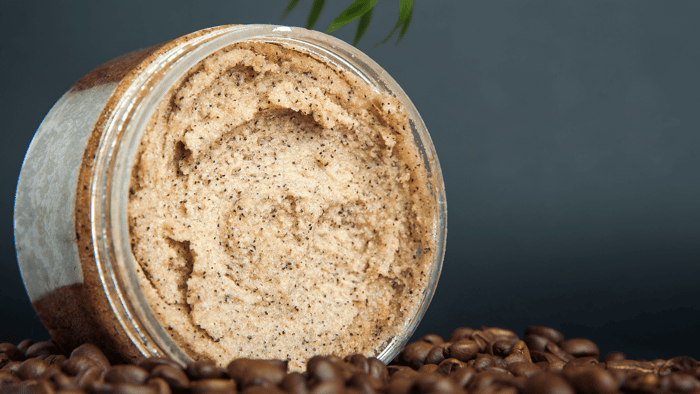If you are interested in soap making, you might have come across the term Hot Process Soap (also known as HP soap). But what exactly is it, and how does it differ from other soap-making methods? In this blog, we will explore everything you need to know about hot process soap, including how it’s made, its benefits, and tips for achieving the best results when making your own!
Understanding Hot Process Soap
Hot process soap is a traditional soap-making technique that involves cooking the soap mixture to accelerate the saponification process. Unlike cold process soap, which requires weeks of curing, hot process soap is fully saponified by the time it's finished cooking, allowing for a much shorter cure time. This makes it an excellent choice for those who want to use or sell their handmade soap quickly because the turnaround time is much shorter.
The Science Behind Hot Process Soap
Soap is made through a process called saponification, where fats or oils react with an alkali (usually sodium hydroxide, also known as lye). In HP soap, heat is used to speed up this reaction, ensuring that the soap is fully processed before being poured into moulds. This means that by the time the soap hardens, it is safe to use and has a much lower chance of lye-related issues compared to cold process soap.
Ingredients Used in HP Soap
The ingredients for hot process soap are similar to those used in other methods of soap making. They include:
Oils and Butters – Common choices include olive oil, coconut oil, palm oil, shea butter, and castor oil.
Lye (Sodium Hydroxide) – This is essential for the saponification process.
Water or Other Liquid – Distilled water is commonly used, but some soap makers use milk, tea, or even beer to make their soaps.
Fragrance or Essential Oils – Added after cooking to prevent the scent from burning off.
Colourants and Additives – Natural clays, herbs, and mica powders can be added for aesthetic and skin benefits.
How to Make HP Soap
Step 1: Gather Your Materials
Before you begin, make sure you have all the necessary equipment, including:
A slow cooker (crockpot) or a double boiler
A digital scale
A stick blender
A heat-resistant spatula
A thermometer
A soap mould
Protective gear (gloves, goggles, and long sleeves)
Step 2: Measure and Mix the Ingredients
Weigh your oils and butters, then melt them in your slow cooker. In a separate container, carefully mix the lye with water (always add lye to water, never the other way around). Allow the lye solution to cool slightly before adding it to the oils.
Step 3: Blend Until Trace
Use a stick blender to mix the lye solution and oils until you reach ‘trace’ – a pudding-like consistency that indicates the ingredients are fully combined.
Step 4: Cook the Soap
Turn the slow cooker to low and let the mixture cook for about 1 to 2 hours. The soap will go through different phases, from a thick pudding-like texture to a translucent, gel-like consistency. Stir occasionally to ensure even cooking.
Step 5: Add Fragrance and Additives
Once the soap has finished cooking and has a glossy appearance, turn off the heat and let it cool slightly. Add fragrance oils, essential oils, and any other additives, stirring thoroughly to distribute them evenly.
Step 6: Mould and Cure the Soap
Spoon the thick soap mixture into a mould, pressing it down to remove air pockets. Let it harden for 24 hours before unmoulding. While HP soap can be used immediately after it hardens, a short curing period of 1 to 2 weeks can improve its hardness and lather.
Benefits of HP Soap
1. Faster Cure Time
Unlike CP soap, which requires 4 to 6 weeks of curing, HP soap is ready for use almost immediately.
2. Lower Risk of Lye Residue
Since the soap is fully saponified during cooking, there is a lower chance of excess lye remaining in the final product.
3. Retains More Natural Properties
The shorter exposure to raw lye helps preserve the natural benefits of oils and butters, making HP soap is gentler on the skin.
4. Rustic, Handmade Appearance
HP soap has a rough, textured look that many people find appealing for handmade, artisanal products.
5. Better Scent Retention
Since fragrances are added after cooking, they don’t get exposed to the harsh heat of saponification, allowing them to last longer in the final soap bar.
Common Issues and Troubleshooting
1. Soap is Too Thick to Mould
Hot process soap has a thick, mashed-potato-like consistency, which can make moulding tricky. To ease moulding, spoon the soap in quickly and tap the mould to remove air pockets.
2. Soap Feels Too Soft
If your soap is too soft, allow it to cure for a couple of weeks to help it harden.
3. Uneven Texture or Lumps
Stirring too aggressively or not cooking the soap evenly can cause lumps. Ensure even cooking and stir gently for a smoother texture.
4. Scent Fading
Using high-quality fragrance or essential oils and adding them at the right stage (after cooking) helps retain scent better.
Hot Process Soap vs. Cold Process Soap
| Feature | Hot Process Soap | Cold Process Soap |
|---|---|---|
| Cure Time | 1-2 weeks (or less) | 4-6 weeks |
| Appearance | Rustic, textured | Smooth, polished |
| Fragrance Retention | Stronger | Weaker (some scent loss) |
| Workability | Thicker, harder to mold | More fluid, easier to swirl |
Conclusion
Hot process soap is a fantastic method for making handmade soap, offering benefits such as faster cure time, better scent retention, and a rustic appearance. While it requires more hands-on attention during the cooking phase, the rewards make it a favorite among soap makers who prefer a quicker turnaround time for their products.
Whether you're a beginner or an experienced soap maker, experimenting with hot process soap can be a fun and rewarding experience. Give it a try and enjoy the creative possibilities this technique offers!
Discover Premium Fragrance Oils for Hot Process Soap!
Looking to create your own stunning Hot Process Soap? House of Scent offers premium, undiluted fragrance oils that closely match popular scents. Whether you're crafting for personal use or starting a business, we have the perfect fragrances to bring your Hot Process Soap to life!






.jpg)






